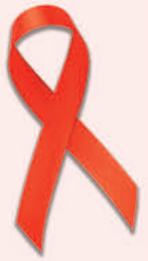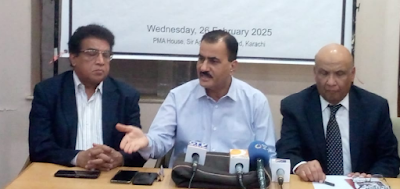120,000 children infected with HIV worldwide in 2023
The new
HIV infections were found around 77,000 (66%) in Global Alliance, which
represents a 38% decline since 2015 and a 17% decline since 2021, according to
the report which details progress, gaps and a way forward for the 12 countries
included in the Alliance—Angola, Cameroon, Cote d’Ivoire, Democratic Republic
of Congo, Kenya, Mozambique, Nigeria, South Africa, Tanzania, Uganda, Zambia,
Zimbabwe.
The report
titled “Global Alliance Progress Report on Ending AIDS in Children by 2030”,
however, calls for accelerating the pace of progress to meet the HIV-related
targets within the stipulated period.
The report
shows that only 48% of children living with HIV globally and in Global Alliance
countries achieved viral load suppression, versus 73% of adults globally and
79% in Global Alliance countries. Close to 600,000 children globally were not
receiving life-saving treatment in 2023, including 400,000 (close to 70%)
living in the 12 Global Alliance countries.
In the
meantime, it is estimated that about 39.9 million people were living with HIV
at the end of 2023 –1.4 million children (0-14 years old) and 38.6 million
adults (15+ years old).
In the
said report, UNAIDS Executive Director Winnie Byanyima noted: “Yet shockingly,
whilst roughly three-quarters of adults living with HIV globally are on
lifesaving antiretroviral therapy, only about half of children are. If they
don’t receive treatment, almost half of children living with HIV will die
before the age of two.”
She said
there is an urgent need to increase access to HIV prevention, testing,
treatment, and comprehensive care services for infants, children, and
adolescents. “This requires stepping up action on preventing and detecting new
HIV infections among pregnant and breastfeeding mothers and ensuring treatment,
and support, for all pregnant and breastfeeding mothers who are living with
HIV.”
The report
highlighted that globally, since 2000, vertical transmission programmes have
averted an estimated 4 million infections among children (0–14 years old).
AIDS-related
deaths among children (0–14 years old) have decreased. In 2023, an estimated
76,000 children (0–14 years old) died from AIDS-related causes, including
49,000 (64%) in the Global Alliance countries. “Globally, this represents a 43%
decline since 2015 and a 14% decline since 2021.”
Globally,
the proportion of HIV-exposed children who receive HIV testing within the first
two months of life has increased from 50% in 2015 to 67% in 2023.
“Among the
twelve Global Alliance countries, several have achieved strong coverage of
lifelong antiretroviral therapy among pregnant and breastfeeding women living
with HIV, with Uganda nearing 100%, United Republic of Tanzania at 98%, and
South Africa at 97%. Mozambique has achieved 90% coverage, with Zambia at 90%,
Angola at 89%, Kenya at 89%, Zimbabwe at 88%, and Cote d’Ivoire at 84%.”
The report
further highlighted that in 2023, there were 210,000 new infections globally
among young women and girls aged 15—24 years old –130,000 in Global Alliance
countries, which is four times higher than the 2025 goal set at 50,000.
“Preventing new infections among this age group is critical both to protect the
health and wellbeing of young women and to reduce the risk of new infections
among children.” –News Desk




Comments
Post a Comment